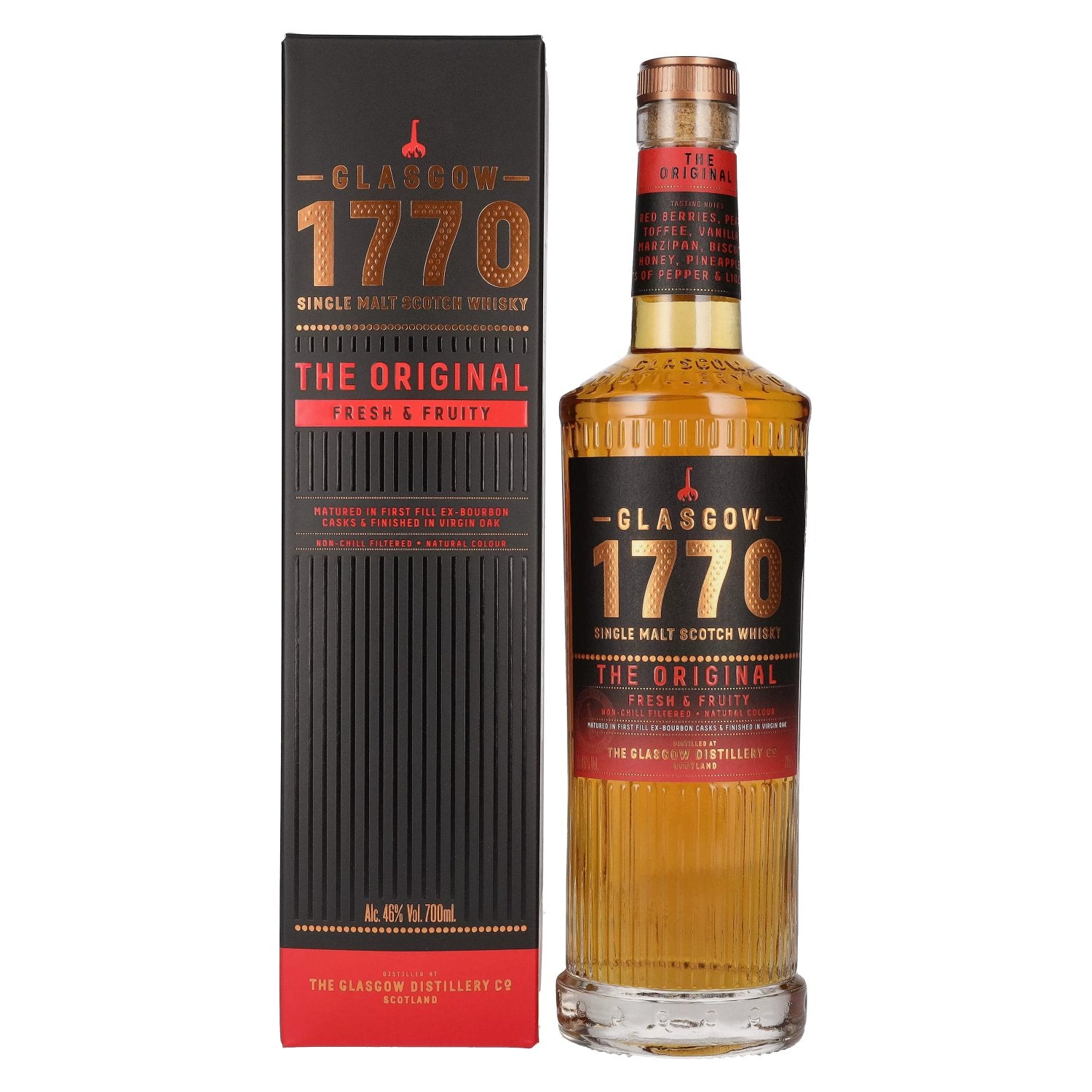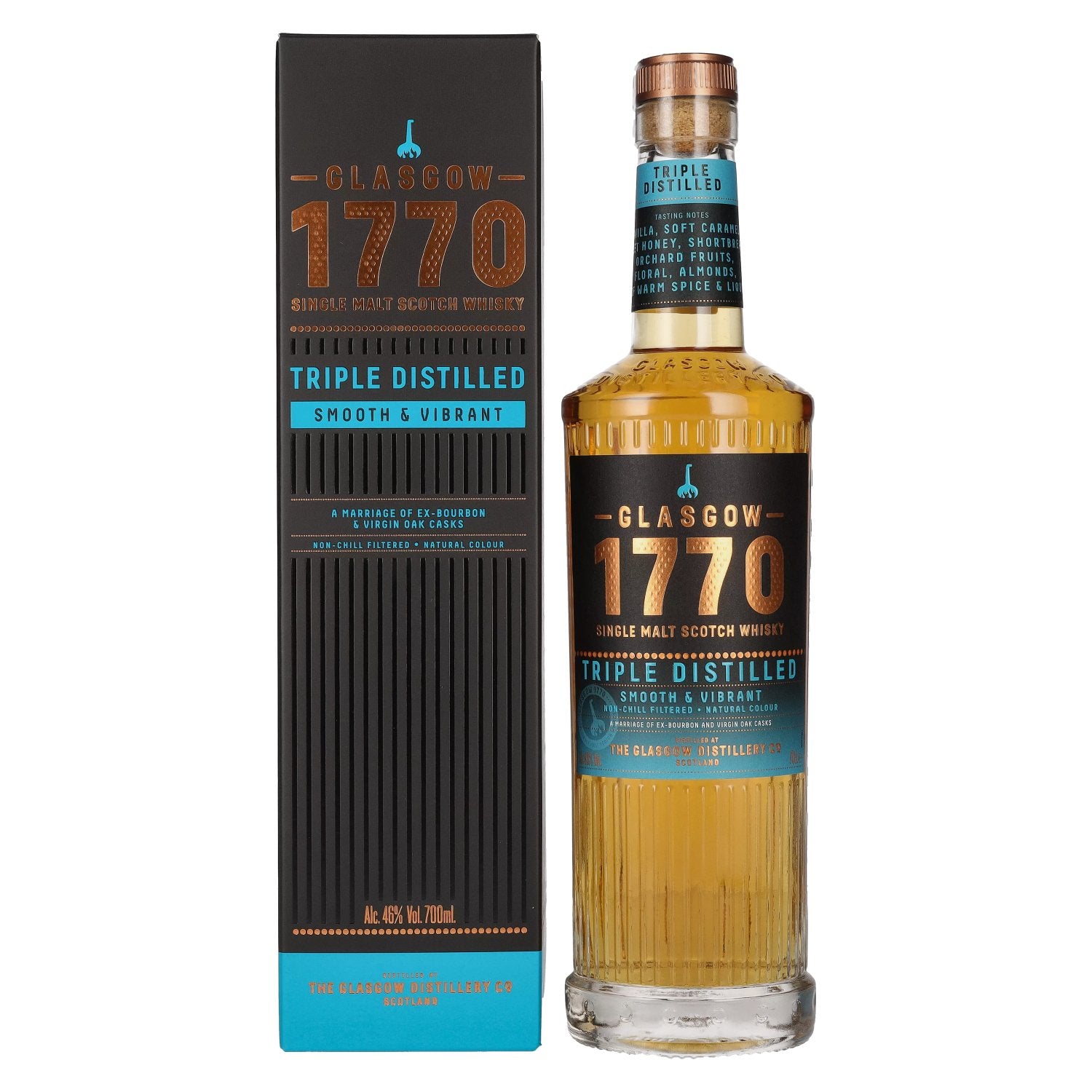Whisky, often referred to as "the water of life," has a rich and storied history that spans centuries and continents. From the misty highlands of Scotland to the rolling hills of Kentucky, whisky is more than just a drink; it's a symbol of tradition, craftsmanship, and cultural heritage. In this article, we will explore the intricate world of whisky, delving into its history, production process, types, and ways to enjoy this beloved spirit.
The Origins of Whisky
The exact origins of whisky are shrouded in mystery, but it is widely believed that the practice of distilling spirits began in the Middle Ages, possibly introduced to Ireland and Scotland by monks. The first written record of whisky comes from Scotland in 1494, when it was mentioned in the Exchequer Rolls. Over time, whisky production spread across the world, each region developing its own unique styles and traditions.
The Whisky Production Process
The production of whisky is a complex and meticulous process that involves several key steps:
-
Malting: Barley grains are soaked in water and allowed to germinate, converting starches into fermentable sugars. The germinated barley, or "green malt," is then dried in a kiln, often using peat to add a smoky flavor.
-
Mashing: The dried malt is ground into a coarse flour called "grist," which is then mixed with hot water to extract the sugars. This mixture, known as "mash," is stirred in large vats to produce a sugary liquid called "wort."
-
Fermentation: The wort is transferred to fermentation tanks, where yeast is added to convert the sugars into alcohol. This process typically takes several days, resulting in a liquid known as "wash," which has a low alcohol content.
-
Distillation: The wash is distilled in copper stills, usually twice (or more, depending on the tradition), to increase the alcohol content and refine the flavors. The resulting spirit, called "new make" or "white whisky," is clear and potent.
-
Maturation: The new make spirit is aged in oak casks, where it gains color, complexity, and character from the wood. The aging process can last anywhere from a few years to several decades, depending on the desired final product.
-
Bottling: After aging, the whisky is often diluted to the desired bottling strength and may be filtered before being bottled and labeled for sale.
Types of Whisky
There are several types of whisky, each with its own distinct characteristics:
-
Scotch Whisky: Made in Scotland, Scotch whisky is typically aged for at least three years in oak casks. It can be divided into several categories, including Single Malt, Single Grain, Blended Malt, Blended Grain, and Blended Scotch Whisky.
-
Irish Whiskey: Known for its smooth and light flavor, Irish whiskey is usually triple distilled and aged for a minimum of three years. It can be made from a mix of malted and unmalted barley.
-
Bourbon: A distinctly American whisky, bourbon is made primarily from corn (at least 51%) and aged in new charred oak barrels. It has a sweet, full-bodied flavor with notes of caramel and vanilla.
-
Rye Whiskey: Made primarily from rye grain, this type of whisky has a spicy and robust flavor profile. It is popular in both the United States and Canada.
-
Japanese Whisky: Inspired by Scotch, Japanese whisky has gained a reputation for its high quality and delicate, refined flavors. It often uses a combination of malted barley and pure water, with meticulous attention to detail in the production process.
Enjoying Whisky
Whisky can be enjoyed in a variety of ways, depending on personal preference:
- Neat: Savoring whisky straight from the bottle allows you to fully appreciate its aroma and flavor.
- On the Rocks: Adding ice can help mellow the alcohol's intensity and open up the whisky's flavors.
- With Water: A splash of water can release additional aromas and flavors, particularly in higher-proof whiskies.
- In Cocktails: Whisky is a versatile base for many classic cocktails, such as the Old Fashioned, Manhattan, and Whisky Sour.
Conclusion
Whisky is more than just a drink; it is a testament to the artistry and dedication of those who produce it. Each bottle tells a story of the land, the people, and the traditions that have shaped its creation. Whether you're a seasoned whisky enthusiast or just beginning your journey, exploring the world of whisky offers a rich and rewarding experience.
Raise a glass and toast to the timeless allure of whisky—an enduring symbol of craftsmanship and culture. Cheers!










